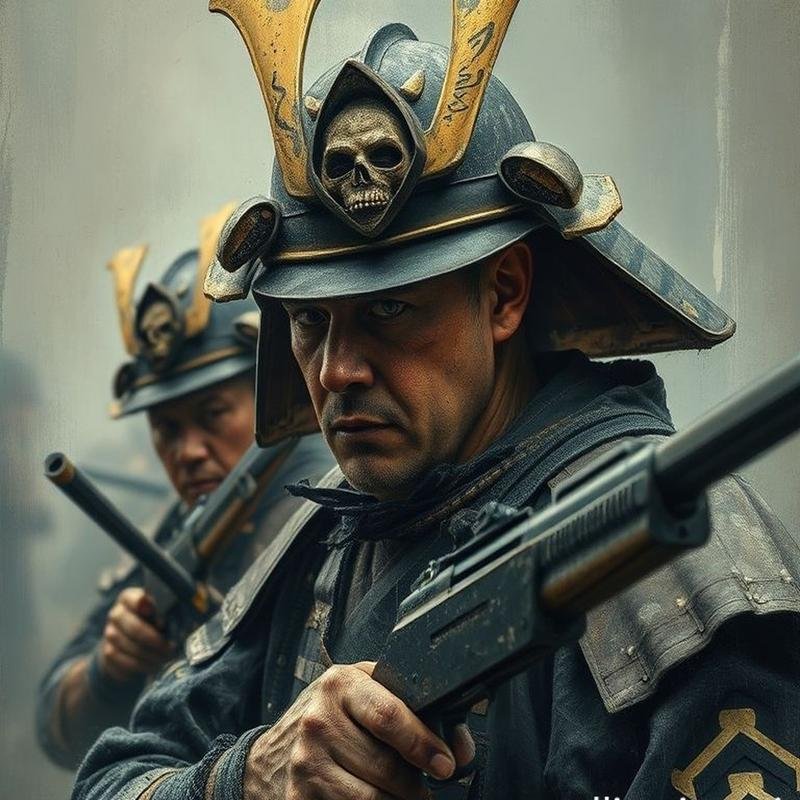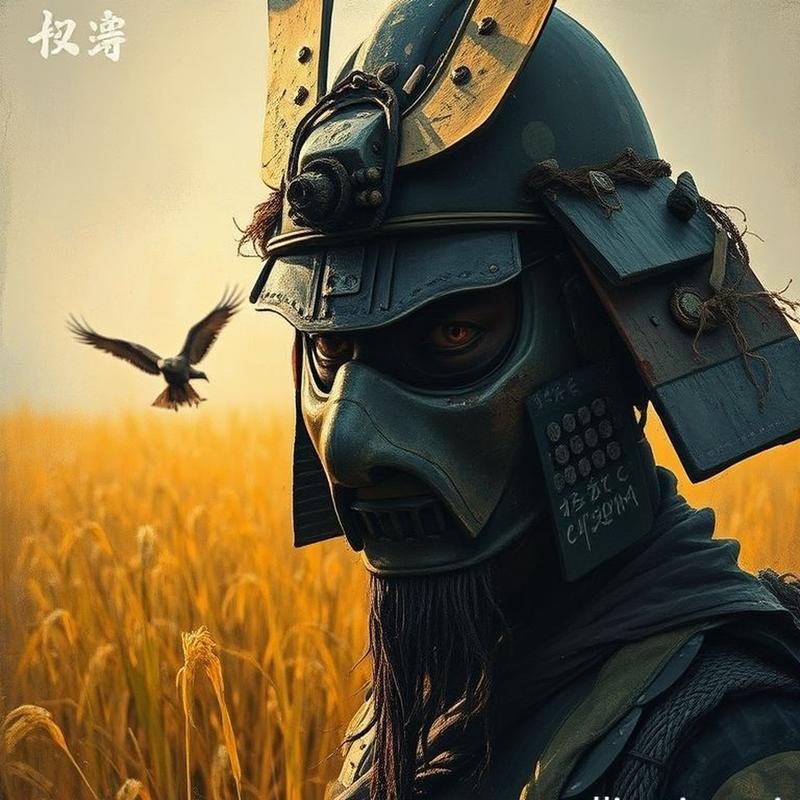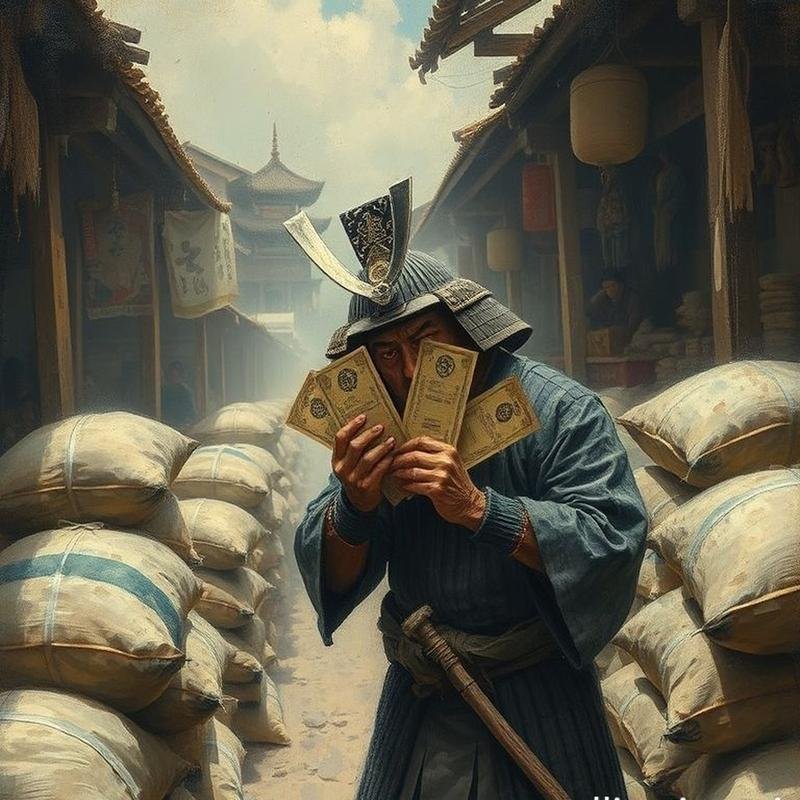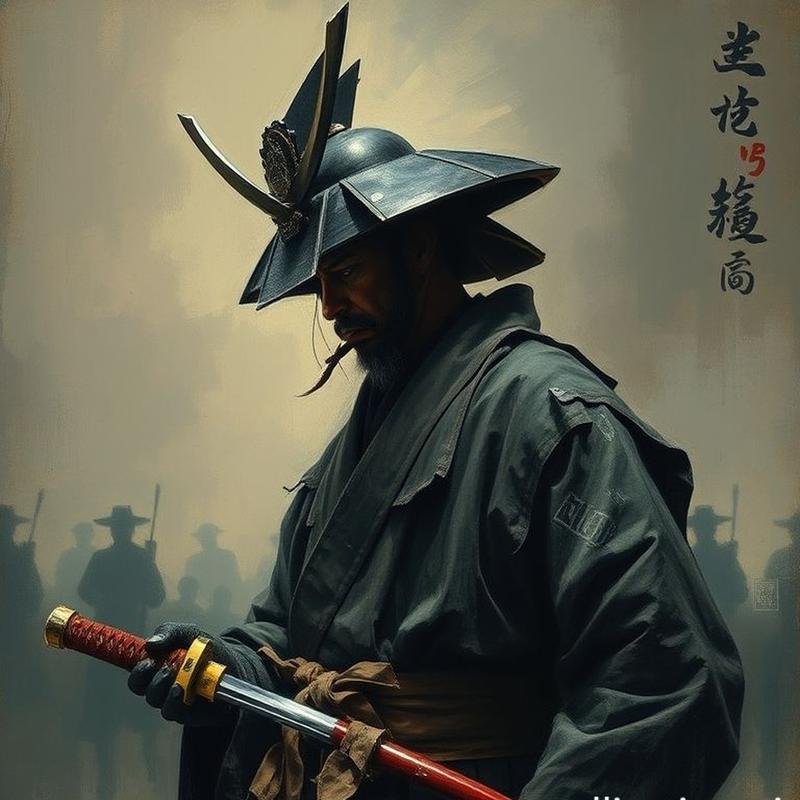The Last Samurai: Legend or Betrayal? ⚔️📜 The Unvarnished Truth

The Last Samurai: Myth vs. Reality
Are you familiar with the samurai? These figures are often portrayed as sword-wielding heroes, symbols of courage, or perhaps victims of a carefully constructed legend. But what if the prevailing image of the last samurai is merely a distorted reflection of a brutal reality, a narrative meticulously crafted to serve ulterior motives? This documentary embarks on a journey to 19th-century Japan, a period of intense cultural collision between ancient traditions and burgeoning modern technology. Our aim is to deconstruct the fabricated image of the noble warrior and examine how this myth was exploited to shape the national identity of Japan. Was the last samurai truly a courageous rebel fighting for honor, or simply a pawn in a larger political game? Prepare for an exploration that exposes the falsehoods and uncovers the harsh truths behind the legend of the last samurai.
Before we delve into the compelling evidence, please share your initial expectations regarding this legend in the comments section. To join us in uncovering the complete truth, subscribe to the channel.
The Meiji Restoration and the End of an Era
In 1868, Japan stood at a critical juncture, marking the beginning of the Meiji era and the nation’s relentless pursuit of Western advancements. However, this ambition came at a significant cost. In 1871, the feudal system, which had governed Japan for centuries, was dismantled, effectively ending the samurai’s reign as a ruling class. By 1873, conscription was introduced, and a modern national army was formed, diminishing the samurai’s importance as warriors. Courage and loyalty alone were no longer sufficient; efficiency and modern training became paramount. Instead of traditional rice stipends, the samurai received government bonds that rapidly depreciated due to rampant inflation. Then, in 1876, an edict was issued prohibiting the public carrying of swords, the ultimate symbol of their power and status, striking at the very core of their identity.
Saigo Takamori: A Samurai’s Last Stand
Amidst this turmoil, the Satsuma Rebellion erupted in 1877, led by Saigo Takamori, representing the last stand for samurai clinging to their traditional way of life. Born in Kagoshima in 1828, Saigo Takamori was a samurai destined to become a legend. He rose from humble origins to lead an alliance that challenged the foundations of power in Japan. The Meiji Restoration of 1868 was not merely a transfer of power but the dawn of a new era, one in which Saigo played a pivotal role. He was deeply troubled by rampant modernization and the growing influence of the West. While not inherently opposed to progress, he witnessed the gradual erosion of Japan’s authentic spirit. He returned to Kagoshima in 1873, burdened by disappointment, not merely with a fleeting nostalgia for the past, but with a grim vision of a future that left no room for cherished values.
The Satsuma Rebellion: A Protest Against Transformation
The Satsuma Rebellion of 1877 was not just an armed revolt but a resounding protest against this sweeping transformation. Thousands of former samurai, feeling marginalized in this new world, rallied around Saigo. At the Battle of Shiroyama, they stood firm against the Imperial Army, not seeking power, but defending their deeply held principles. Amidst these turbulent transformations, a stark paradox emerged. Saigo Takamori, once a fervent advocate for the modernization of the very army he now faced, found himself leading the samurai against the Imperial forces he had helped create.
The Battle of Shiroyama: Courage Against Modernity
At Shiroyama, the stark contrast was evident. Three hundred, perhaps five hundred, samurai stood defiant against an overwhelming force of thirty thousand Imperial soldiers. Their swords and spears, symbols of a bygone era, were pitted against the cold, hard steel of Armstrong guns and modern artillery. It was undoubtedly a massacre, but it was also something more. Over six thousand Imperial soldiers fell, a testament to the samurai’s fierce spirit and unwavering resolve. However, the outcome was inevitable. Rather than surrender, Saigo chose seppuku, ritual suicide. It was not merely the end of a life but a potent symbol of the demise of the samurai era – a world fading irrevocably, leaving behind a question that resonates through the ages: Is technology always the ultimate victor?
The Enduring Legacy of Bushido
In the aftermath of the battle, the legacy of Bushido endured. Originating in the 12th century, it crystallized in the Edo period, becoming more than just combat rules. The Hagakure, this profound text, emphasizes readiness for death, not as an end, but as a means to achieve perfection in life. Later, the Meiji period harnessed this spirit to foster loyalty to the Emperor, transforming it into a nationalistic tool. Even the Kamikaze found in self-sacrifice an echo of Bushido.
Bushido in Modern Japan
Today, despite everything, the spirit of Bushido remains powerfully present. It manifests in respect for authority, in profound self-discipline, and even in the rigorous Japanese corporate ethic. The film “The Last Samurai,” which rekindled global interest, presents a captivating romanticized image, but at the same time, it touches upon the essence of this ancient legacy. Is it merely a fading memory, or a hidden driving force that continues to shape modern Japan? In a public opinion poll, nearly 70% of Japanese affirmed that the samurai spirit still thrives at the heart of society. Major corporations draw inspiration from Bushido principles to train employees in unwavering loyalty. Far-right extremists exploit its profound philosophy to justify their reprehensible actions. Young people find in modern martial arts an echo of ancient traditions.
Conclusion
In the end, the story of the last samurai reveals more than just a conflict between the past and the present. It reflects a universal dilemma: How do we preserve our identity in the face of accelerating change? And how do we distinguish between genuine tradition and the romanticized image we create for ourselves?
Having explored this legend, what lessons can we draw from the story of the last samurai about balancing tradition and modernity in our contemporary world? Share your thoughts and reflections in the comments section below.
Watch the Documentary








